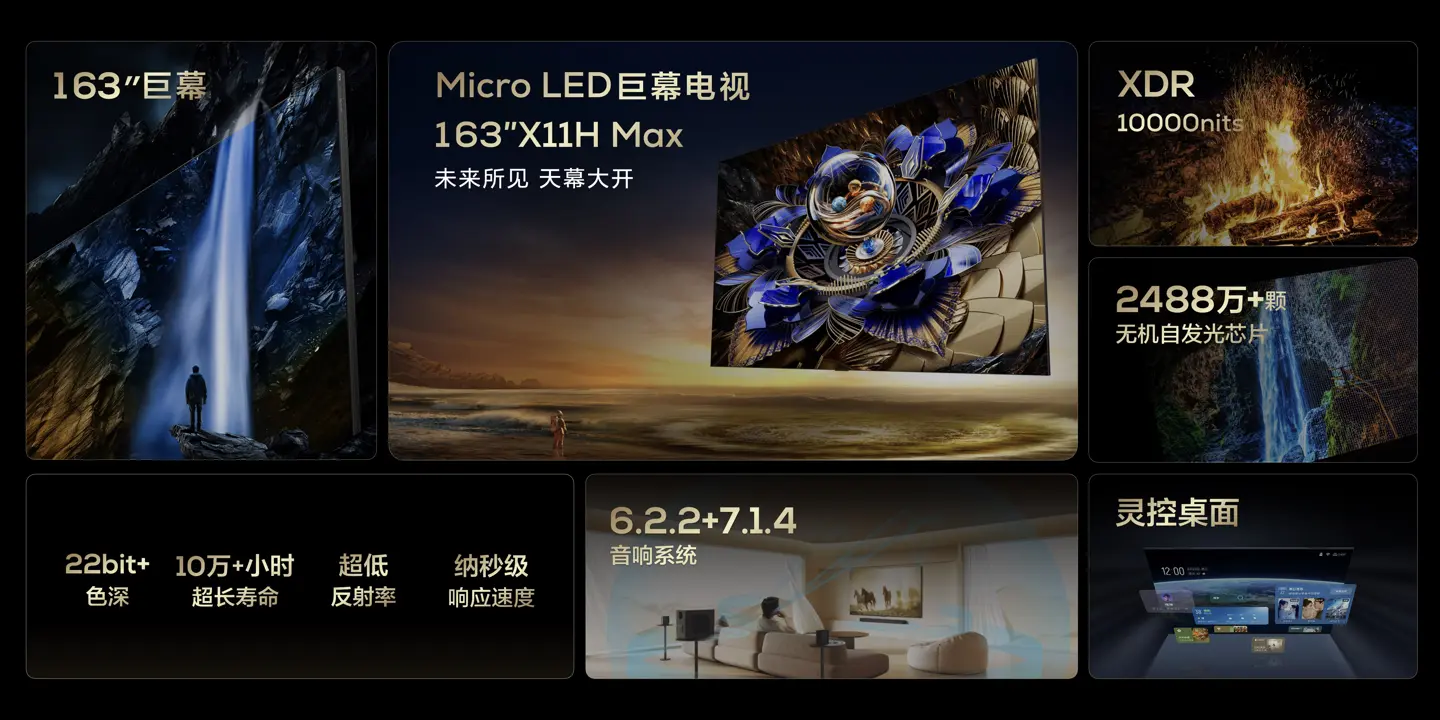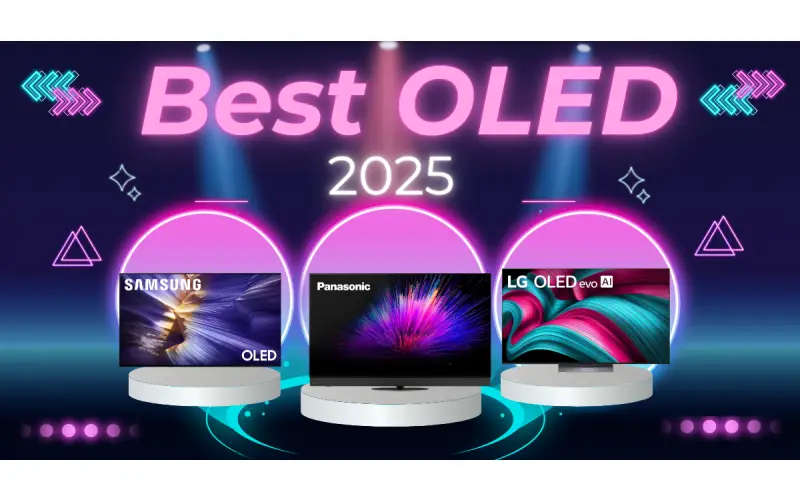By CE Critic - Buy Better Tech
Table of Contents
- Introducing TCL's X11H Max MicroLED TV
- MicroLED vs. MiniLED: The Key Differences
- X11H Max Specifications
- MicroLED Pricing and Current State of the Technology
- The Future of MicroLED TVs
Introducing TCL's X11H Max MicroLED TV
Chinese electronics giant TCL, following in the footsteps of industry leaders LG and Samsung, has entered the nascent microLED television market with the launch of its X11H Max. While this 163-inch 4K TV carries an eye-watering price tag of 800,000 yuan (~$110,000 USD), it marks the company's formal entry into the world of microLED displays. This emerging technology brings with it remarkable advantages over existing LCD and OLED displays.
MicroLED vs. MiniLED: The Key Differences
To grasp why microLED is creating buzz in tech circles, it's essential to distinguish it from the widely touted miniLED technology. MiniLED TVs are effectively upgraded LCD TVs. They use smaller, more numerous LEDs as a backlight, enabling greater control over localized dimming. This results in enhanced contrast and reduced light bleed compared to traditional LCDs.
MicroLED technology takes a radical leap. Instead of requiring an LCD panel with a backlight, microLED displays directly utilize millions of microscopic, self-illuminating LEDs to form the image. Each LED acts as its own individual sub-pixel, reminiscent of how OLED TVs function, but offering significantly higher peak brightness.
X11H Max Specifications
TCL's X11H Max is a true testament to microLED's potential. Here are its key specifications:
- Size: 163 inches diagonal
- Resolution: 4K (3840 x 2160 pixels)
- Peak Brightness: 10,000 nits (exceeds current HDR standards)
- Color Depth: 22-bit+ (exact definition requires clarification)
- Response Time: Nanosecond-level (effectively near-instantaneous)
- Sound System: 6.2.2 + 7.1.4 channels (expandable)
- Lifespan: >100,000 hours
The X11H Max offers peak brightness levels far surpassing current OLED displays and eliminates the risk of screen burn-in. The response time is technically superior to even the fastest OLEDs, though real-world differences are likely imperceptible.
MicroLED Pricing and Current State of the Technology
While microLED promises phenomenal image quality, it comes at a staggering cost. TCL's launch makes their X11H Max the relatively most affordable offering in this category yet. Still, it undercuts its rivals (Samsung's 110-inch for ~$155,000, LG's 136-inch for ~$300,000) only slightly. Currently, the production complexities of microLEDs and manufacturing yields relegate the technology squarely to the domain of ultra-high-end luxury.
The Future of MicroLED TVs
MicroLED TVs offer unparalleled image quality, combining the strengths of OLED (deep blacks, perfect pixel-level light control) with the unmatched brightness of advanced LCDs. Yet, the current cost barrier is substantial.
It's important to remember that similar barriers existed when both OLED and LCD technologies first debuted. Over time, manufacturing efficiency and scalability will improve. This will eventually allow for smaller, less expensive microLED TV panels. It's not a question of "if" microLEDs become more widely available, but rather a matter of "when".
While consumers eagerly await more affordable microLED TVs, the X11H Max and other early models offer a tantalizing glimpse into the future. The next generation of display technology is here, and it's astonishing, albeit with an astonishing price tag to match.





